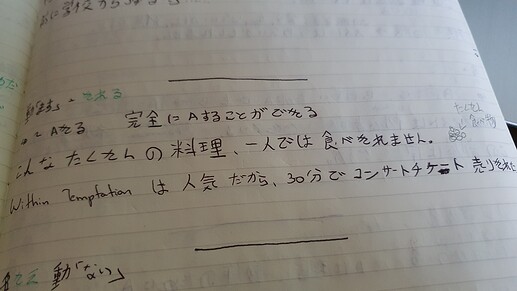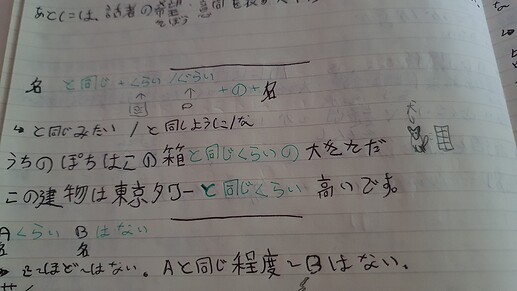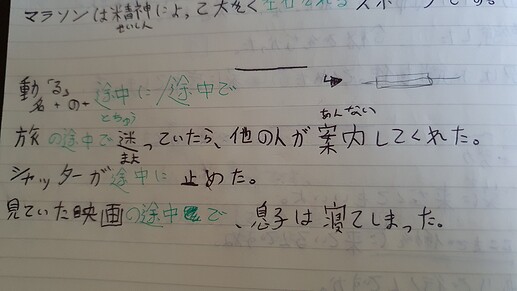Since i started to seriously study grammar after being registered on Bunpro for three years, i am currently adding daily two N3 grammar points and 3-6 N4 grammar points (after catching up with N5 grammar points). Since many grammar points express nuances of the same concepts i also made a list of similar points and use YouTube channels (mainly 日本語の森), internet websites and books (the Japanese grammar dictionary series and Reiko Shimamori’s books) to try and memorize differences. Plus i try and use new grammar points during my two weekly conversation lectures.
What is your studying method?








